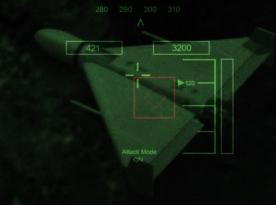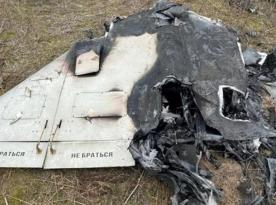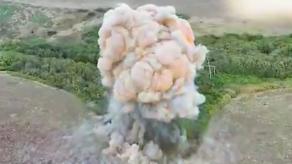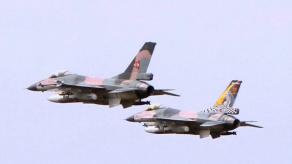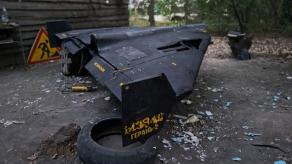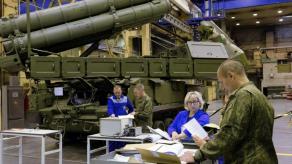In early June this year, Ukraine’s Security Service carried out a successful operation called Spiderweb, during which FPV drones launched from trucks destroyed or damaged several strategic bombers belonging to the russian occupation forces.
According to U.S. officials, the results of this operation have affected not only America’s approach to defending military bases on its own territory but also the overall concept of their large-scale missile defense project — the Golden Dome.
Read more: Trump's Key Sponsors Top the Shortlist of Competitors For Multi-Billion Golden Dome Project
As Air & Space Forces Magazine cites Doug Jones, chief technology officer for Leidos’ Defense Sector, the U.S. had previously been far less concerned about protecting assets inside the country. Today, however, it is no longer enough to guard solely against cruise and hypersonic missiles — it is equally important to address threats "that arise after you’ve used your [air and missile defense] systems to intercept targets." "What’s happened over the past six months has definitely made them look a little bit differently [at] what a real scenario looks like," he said.
The Spiderweb operation has become yet another reason for the U.S. to reconsider protection not only against traditional missile threats, but also to determine what the Golden Dome must be in order to counter all modern dangers — and how to integrate the protection of facilities and bases from new types of threats into this concept.
One proposed solution from Leidos involves creating automated decision-making systems that would direct Patriot interceptors or the extremely expensive THAAD systems toward the most serious threats, such as hypersonic and ballistic missiles. Other systems would focus on defending against cruise missiles, while short-range air defense would be tasked with countering drones.

It is noted that Leidos could become part of the Golden Dome project, potentially receiving $4 billion in funding for its work.
Earlier, Defense Express reported on the pitfalls to avoid when developing the Golden Dome project, as well as the solutions proposed by major U.S. defense contractors for its implementation.
Read more: U.S. Army Wants a Universal Launcher for All Munitions to Prepare for a Future War in Europe





